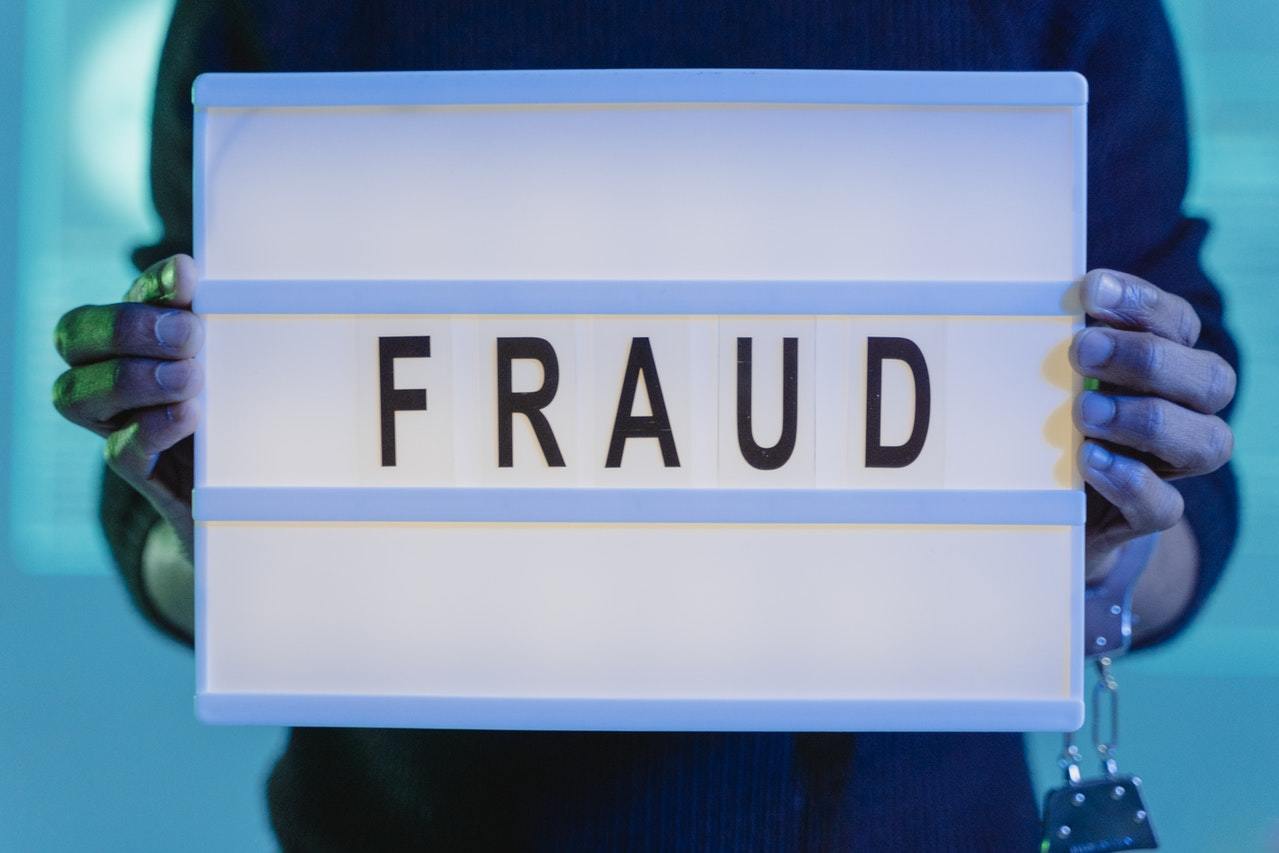Common Types of White-Collar Crime
Published 13th of April, 2022

https://www.pexels.com/photo/a-person-with-handcuffs-holding-a-sign-that-says-fraud-6266506/
In our endless pursuit to rid our society and communities of crime and its pervading impacts, there is arguably no type that is more insidious and filled with ambiguity than white-collar crime. Collared crimes are hard to detect and prosecute because it is often difficult to single out their perpetrators, identify their victims, and understand the depth and scope of their impact amid the complicated layers of bureaucracy and power structure present in corporate and governmental environments.
White-collar offenses are characterized to be non-violent as they do not typically employ physical force or threat thereof. Rather, they fringe on “deceit, concealment, or violation of trust.” However, in rare cases, these types of crimes can and do turn into red-collar crimes as a sub-group of criminals tend to commit violence towards their victims to conceal fraud and avoid detection.
White-Collar Crime Definition
To summarize what was said above into a simple definition, a white-collar crime is any illegal act committed by individuals, business professionals, and government officials that does not involve direct violence and is motivated by financial or personal gain.
The specifics details of how these crimes are defined vary across different state statutes. In states like Florida, for instance, white-collar offenses can be aggravated if the defendant engages in two or more white-collar crimes with common or similar factors such as methods of commission, accomplices, and victims. Also, if the offense victimizes more than 20 people, or the victims include at least 10 elderly individuals or 10 veterans, or it affects state agencies the defendant may be charged with a first-degree felony— click here for more information.
Criminals committing these types of crimes are usually educated and affluent business or government professionals who employ complicated schemes to commit the act and use shadowy tactics to cover their traces. Below, we cover some of the most common types of white-collar offenses.
Embezzlement
Embezzlement occurs when an individual improperly appropriates funds or assets entrusted to his or her care. The term is typically used to describe when someone (e.g., an employer or a business partner) or some entity (e.g., a corporate entity or a contractor) steals from an enterprise or an employer.
The stolen asset can be anything from inventory being removed from a warehouse to money being diverted to another account. It can even take the form of intellectual property being copied to be used by a competitor as well. Companies with high-profit margins are especially prone to embezzlement.
The penalty of the crime can vary based on the value of the stolen property. Similar to standard theft crimes, embezzlement may be charged as a misdemeanor (petit theft) or a felony (grand theft).
Money Laundering
Money laundering refers to the criminal act of concealing the sources of illegally obtained funds and disguising them as legitimate assets so that they can be used without detection of the illicit activities involved.
Money laundering has historically been associated with organized crime and illegal drugs. However, the scope and magnitude of this illegal activity are much more pervasive now. There is plenty of evidence today that money laundering is an essential instrument to fund terrorism around the world. Although such underground financial activities occur outside the boundaries of economic statistics, it is estimated that between 2 to 5 percent of the global GDP is laundered every year.
Identity theft
Identity theft is the fraudulent use of another person's information, most often to conduct financial fraud. A thief may get loans, credit cards, and other products and services in the victim's name by acquiring the victim's personal information, such as name, address, date of birth, and social security number. Criminals often use forged identification and passports to commit crimes and elude detection.
Protecting private information has increasingly gotten more challenging. However, it is important to remember that Identity thieves often take thousands of dollars from unsuspecting victims under their own names and it may take months or even years for victims to recover what they have lost.
Insurance Fraud
Insurance fraud may be defined in a variety of ways. Some would even go so far as to suggest that practically any dishonest conduct committed with the goal of benefitting at the cost of an insurer qualifies as fraudulent. Some examples of this include providing misleading information for insurance plans, faking specific diseases that are covered by insurance, and filing fraudulent insurance claims. Other definitions, on the other hand, go so far as to suggest that insurance fraud is virtually any lie presented to an insurer for the purpose of gaining a personal advantage.
While the above definitions can be true based on certain circumstances, a legal definition of insurance has two components: (a) an insurance claim involving a false statement made in full awareness, and (b) the statement having a direct or indirect impact on the result of the claim. Contrary to the popular notion that insurance fraud is easy and harmless profit, its legal consequences can be very harsh and its cost impacts all consumers. After tax evasion, insurance fraud is the second economic crime in the U.S.